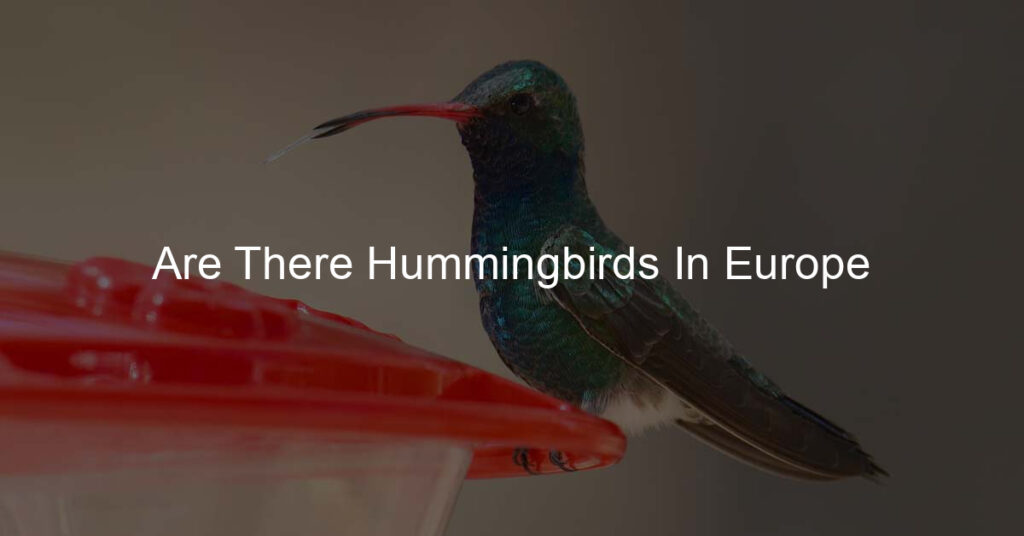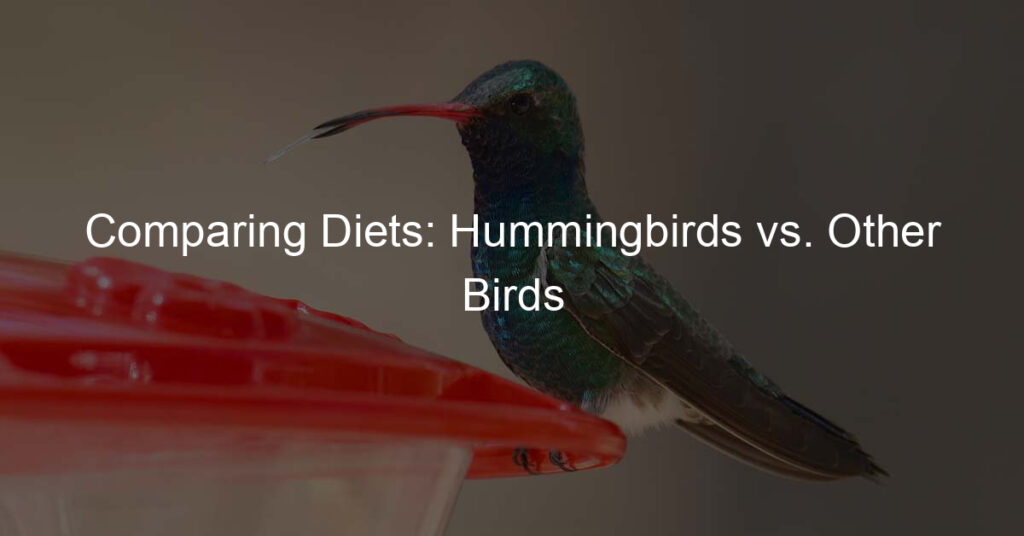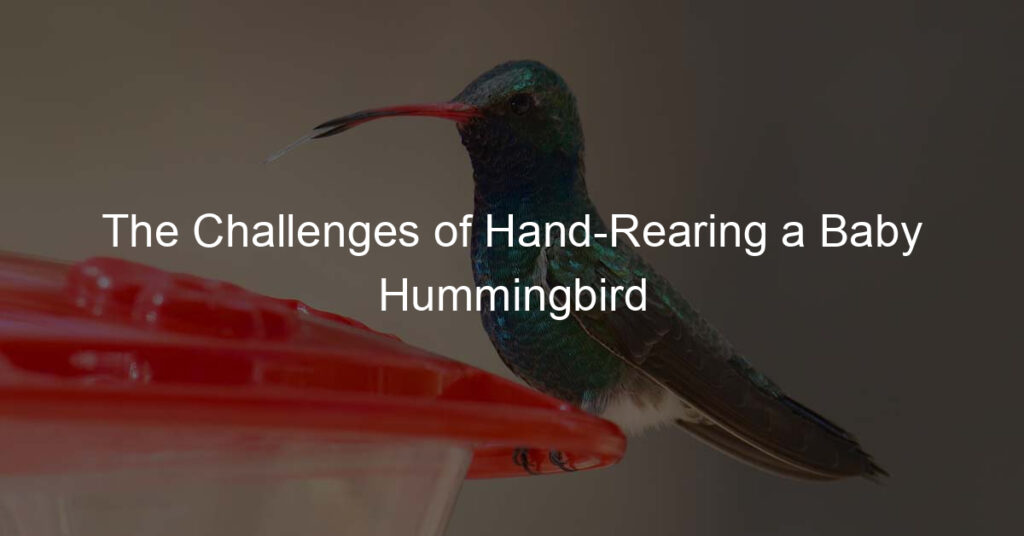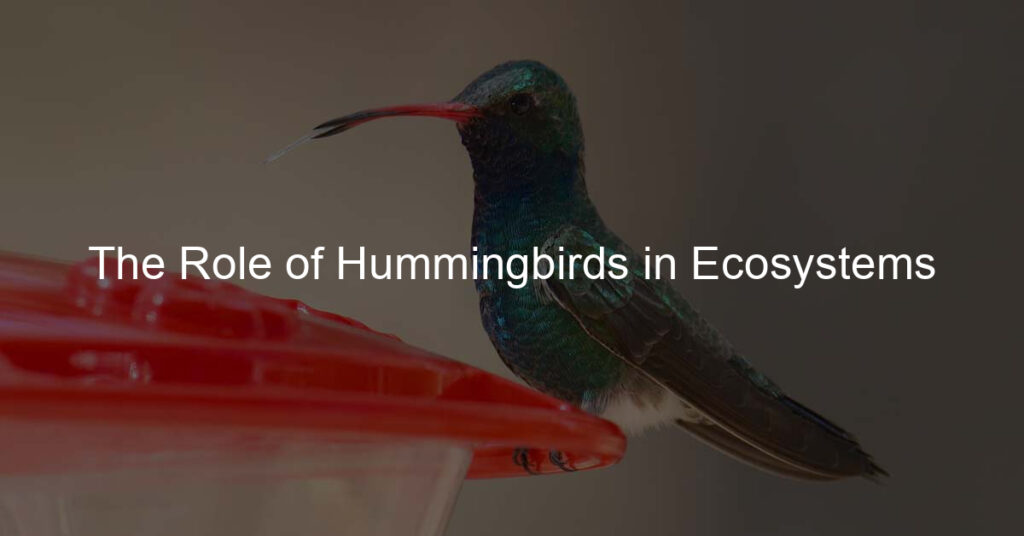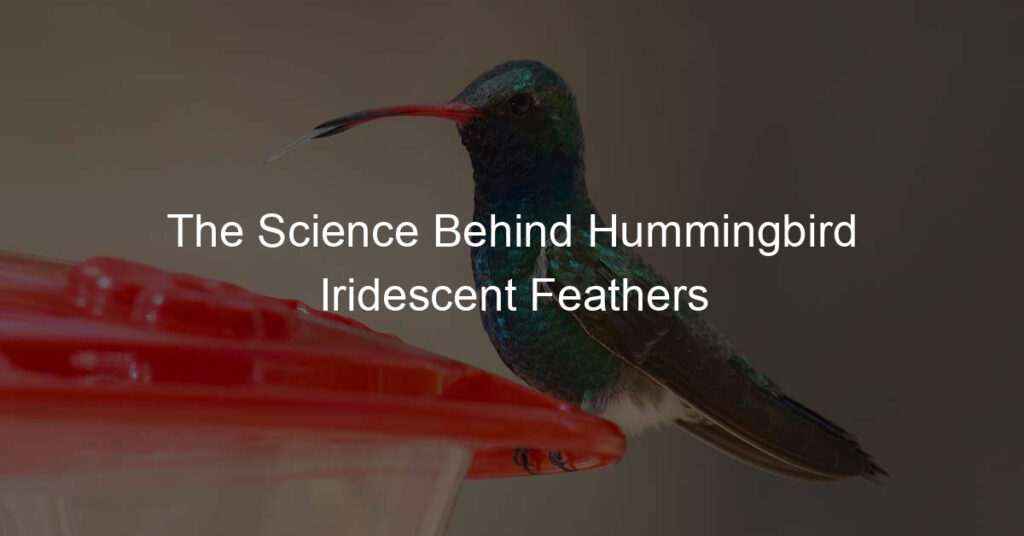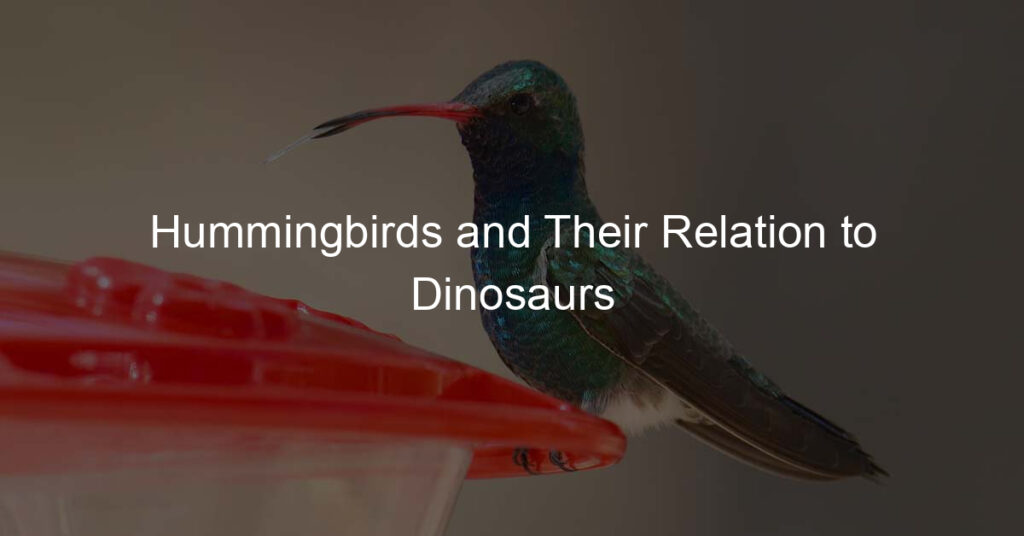Have you ever heard a friend or family member mention seeing a hummingbird while traveling through Europe? If so, you may find yourself wondering “are there hummingbirds in Europe?” The short answer is no—hummingbirds have never been found living in the wild in Europe. The only catch is that they aren’t hummingbirds – they are hummingbird hawk moths!
Hummingbird hawkmoths are small moths that closely resemble hummingbirds due to their size and behavior. They have long proboscis (straw-like tongues) which they use to feed from flowers and other sources of nectar just like a hummingbird would. These moths also hover around flowers as if they were tiny helicopters, making them the perfect candidate for mistaken identity with real hummingbirds.
Let’s take a closer look at why there aren’t any modern hummingbirds in Europe and where they can be seen.
What Are Hummingbirds?
What we do know about hummingbird evolution so far is fascinating. The hummingbird family has the third-greatest number of species of any bird family. They are small wild birds originating from Central and South America, Mexico, and the Caribbean Islands.
The smallest hummingbird is the bee hummingbird (Mellisuga Helenae), which is only 2 inches long—about the size of a bumblebee! They are known for their bright colors and unique ability to hover mid-air while feeding on nectar from flowers. They also have the fastest metabolism of any bird species.
In addition to flower nectar, hummingbirds also eat insects and spiders for extra protein. They become especially active during insect season when there is plenty of food available for them to eat.
Additionally, many hummingbird species will visit backyard feeders filled with sugar water which provides an extra boost of energy during times when natural food sources are scarce. In addition to their remarkable flying abilities, living hummingbirds are also renowned for their brightly colored feathers that shimmer in various shades of pink, green, purple, and blue when they take flight.
Read More: When Do Hummingbirds Arrive In Maryland?
Their feathers also reflect ultraviolet light which helps attract potential mates in a variety of ways. For instance, some males will display their spectacular feathers while hovering or performing aerial displays during courtship rituals while others may create nests with intricate designs made out of colorful materials such as spider webs or lichens to draw attention from female hummingbirds.
Furthermore, female hummingbirds have been known to choose mates based on their ability to gather food quickly and efficiently to provide for a potential family.
Read More: How Often Do Hummingbirds Sleep?
Why Aren’t There Any Hummingbirds In Europe?

The Natural Environment
One possible explanation for why hummingbirds aren’t found in Europe has to do with the environment. Hummingbirds are native to warm climates, and as such, they’re not adapted for living in cooler areas like Europe.
While some species can tolerate colder temperatures, most hummingbird species cannot survive extended periods of cold weather due to their limited body mass and lack of insulation.
Read More: How Long Does Hummingbird Nectar Last?
This is especially true for migratory species, which may travel thousands of miles to warmer climates during winter months.
More than 30 million years ago, hummingbirds were living in present-day Germany and other parts of Europe, Asia, and Africa that were wild and free. Today, the only hummingbirds flying around Europe have probably escaped captivity birds.
In addition to temperature differences between Europe and the places where hummingbirds live, there is also a difference in flora. Hummingbirds rely heavily on nectar from flowers for sustenance—and European flowers tend to be quite different from those found elsewhere in the world.
As a result, there simply isn’t enough food available for hummingbirds to sustain themselves if they were to make their way into this part of the world.
Read More: 8 Types Of Hummingbirds In Ohio
Humans And Migration Routes
Another factor that likely contributes to the absence of hummingbirds in Europe is human activity.
While it’s true that some bird species have been able to adapt their migration routes over time—particularly due to climate change—the fact remains that humans have changed many habitats significantly over time.
This has caused some bird species’ migration routes—including those of some hummingbird species—to become disrupted or altogether blocked off by humans and their activities.
This could be a major factor contributing to why we don’t see any hummingbird sightings reported from Europe today.
Read More: 8 Types Of Hummingbirds In Michigan
Where Can You See Hummingbirds In Europe?
Though you won’t find any wild hummingbirds living permanently on the European continent, it is possible to spot them elsewhere during certain times of the year. For instance, many migratory species will make brief stops during their journeys between Africa and North America each fall and spring season.
If you happen to be traveling through Spain or Portugal during these times or if you visit one of several zoos which house exotic birds, such as Madrid Zoo Aquarium or Parc Zoologique de Paris, then you may get lucky enough to spot a real-life hummingbird!
However, if you think you have seen a hummingbird while visiting another part of Europe it will almost certainly be a hummingbird hawkmoth instead.
These moths are common throughout most of Southern Europe and mimic some of the behaviors of real hummingbirds including hovering mid-air while feeding on nectar from flowers with their long proboscis (feeding tube).
Read More: How Often Do Hummingbirds Eat?

FAQs
What Are The Beautiful And Unique Names Of Hummingbirds?
The Ruby-Throated Hummingbird is one of the most well-known species of hummingbird in North and South America. Other common North American hummingbird species include the Rufous Hummingbird, named after its reddish-brown plumage; the Broad-tailed Hummingbird, known for its loud chirping calls; and the Black-chinned Hummingbird, which has a black patch on its chin and chest.
Where Are Rufous Hummingbirds Most Common?
Rufous Hummingbirds are among the most widespread hummingbird species in North America. The bird is commonly spotted in western regions of the U.S. and Canada such as British Columbia, Alberta, Washington, Oregon, and California, though it can also be found in Alaska, throughout the Rocky Mountain states (including Colorado), and eastward along several stretches of the Appalachian Mountains into Pennsylvania, West Virginia andNorth Carolina.
Read More: When Do Hummingbirds Arrive In Massachusetts?
Conclusion
Although hummingbirds have not been found in Europe as of yet, it is possible that they could make their way over there at some point. With climate change on the rise, we may see more and more species migrating to new areas in search of a hospitable environment. Hummingbirds are amazing creatures, and it would be wonderful if they could be enjoyed by people all across the globe.

